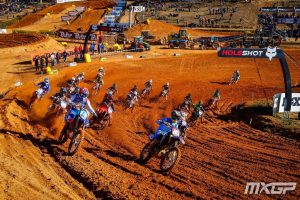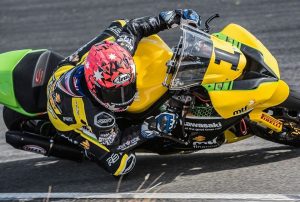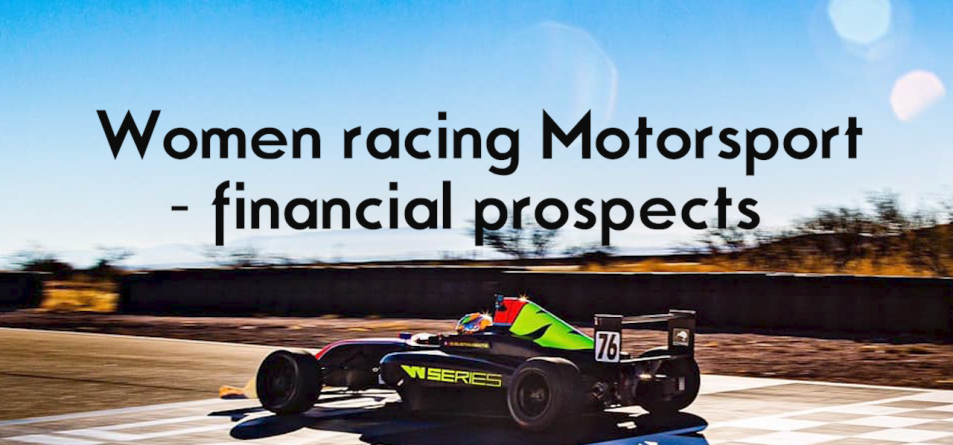Women racing Motorsport deal with financial prospects depending on the respective disciplines of each driver, rider or racer’s career. Taking into account passion as foremost motivation to pursue specific racing mode, a female athlete works on goals to be achieved, resources required to make progress and funds needed to make it all a reality.

From grass-roots level through to club, National and International racing, women gain insight on steps to fund racing, as privateer backed by family, friends and personal sponsors to amateur and professional athletes supported by Team, Brands and sponsored endorsements.
The difference between financial costs versus revenue over number of disciplines is immense. Factors include: training on and off tracks, bikes/cars/parts/mechanics and Team set-up costs, number of Rounds for racing, logistics of travel to race venues, along with contracts which prescribe sponsored endorsements in return of investment.
Revenue gained from racing takes various forms. From zero payment if racing as privateer, to bonus for podiums from sponsor/s, to performance pay-outs on winning Championship. Additional benefits from Media coverage, Event association, prestige and credibility of results gained boost rider-Brand-sponsor profile for future financial backing.
So, let’s crunch numbers on the financial prospects for Women racing: Women Motocross World Championship, The Dakar Rally, WSBK, GNCC and WSeries. First up: women entering WMX have climbed ranks of MX racing to tackle highest pinnacle of the discipline- to become Women Motocross World Champion. Resources secured to train and race at 6 Rounds in Europe have been met by the rider/Team supported by sponsors and close personal.

Return of investment remains: 6 weekends of whole season running from March through to September. Results provide sponsors return of investment standing on podium, along with corresponding Media coverage through visual films, photographs, articles/reports and personal social media feeds. No prize money is available at WMX Championship level.
Women competing in The Dakar Rally first have to qualify in previous event/s, then meet the large entry fee of Euro 15,700 for one bike/quad competitor. Additional running costs to race 14 days, excluding prologue and Rest Day at half-way point requires service crew, Team set-up, vehicles, transportable accommodation if racing with assistance- all at extra costs.
Return of investment remains: 14 days of racing in the world’s most extreme Rally across terrain – huge in geographical scale and scope for all competing. Performance results are rated on being able to cross the finish line- a most important indicator of success for each female rider, driver, and co-driver. Again, no prize money, with bonus payments relative to female-Team contract. Rather, huge exposure and elevation of women profiles having raced and finished The Dakar- in whichever category.

Women competing in WSBK/MotoGP have literally big costs to meet before they can even race. Training to progress up rankings to race WSBK/MotoGP requires expense to ride at tracks, which effectively is not that often. Equally competition remains fierce for spots with Teams, driven by performance results over course of race season.
Return of investment remains in building partnerships with Brands, sponsorship of products along with gaining social media following amongst fans. With demise of FIM Women’s European Cup at end of 2016, women have taken on board challenges of racing SBK Series against male counter-parts: a challenge not likely to disappear in the near future.
America’s Grand National Cross Country Series- GNCC WXC class offers opportunity for women to pursue professional race career, financially supported by Team/s, Brands, and numerous product and services within industry.
From gaining all experience riding trails at home base, all the way to racing Enduro Championships, WXC women riders showcase their race-craft over 13 races per season, during 2-3 hours of racing, at venues iconic to the National Series which has been running for past 47 years. Return of investment tips scale for the athlete: podium/s prize money, performance payments along with results potentially attracting future sponsors.

WSeries has to rank highest financial prospect for Women racing single-seater World Championship. The all female – 18 driver- fully funded Series has sky rocketed to top spot as support category in selected Formula One GP’s, in mere 3 seasons.
Selection process targets upcoming talented women, along with F3 drivers whose prowess behind the wheel of the 6 Round Series Tatuus F3T-318 cars sets stage for entry to F2/F1 Championship. Pool of prize money is phenomenal. 2021 winner Jamie Chadwick bagged $500,000 with total amount of 1.5 million split between all 18 drivers, including reserves.
For sure, financial prospects for Women racing Motorsport disciplines remains challenging as ever. Whether females choose racing dirt over 2x 20 minute motos, day long Stages x 14 in the desert, hard-to-gain track time racing SBK, hours of racing up-and-down terrain or make pitch for illustrious Formula racing- same applies- its a tough game, pursuing a sport women love with passion.
Header photo: 2022 WSeries test at Arizona, USA, Image: WSeries.
Words: Sharon Cox.





Comments are closed.